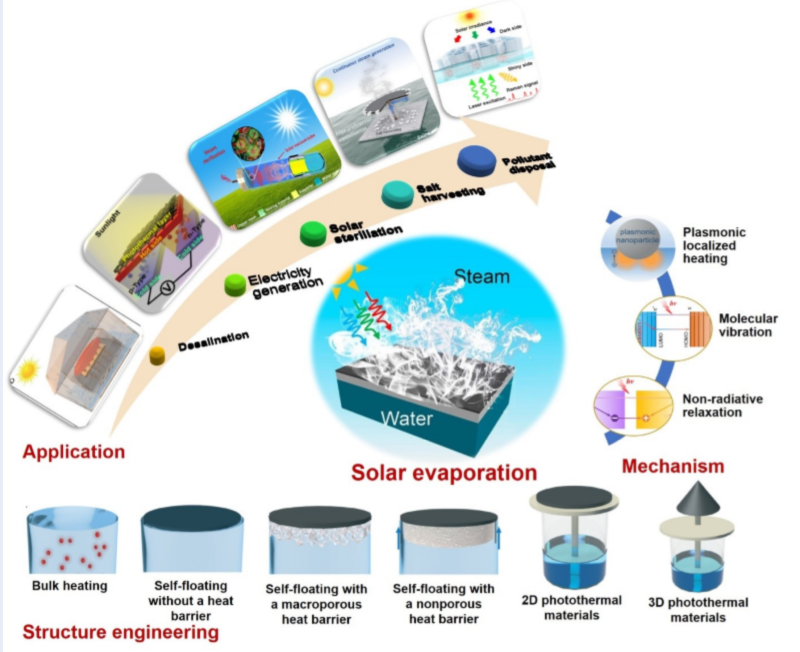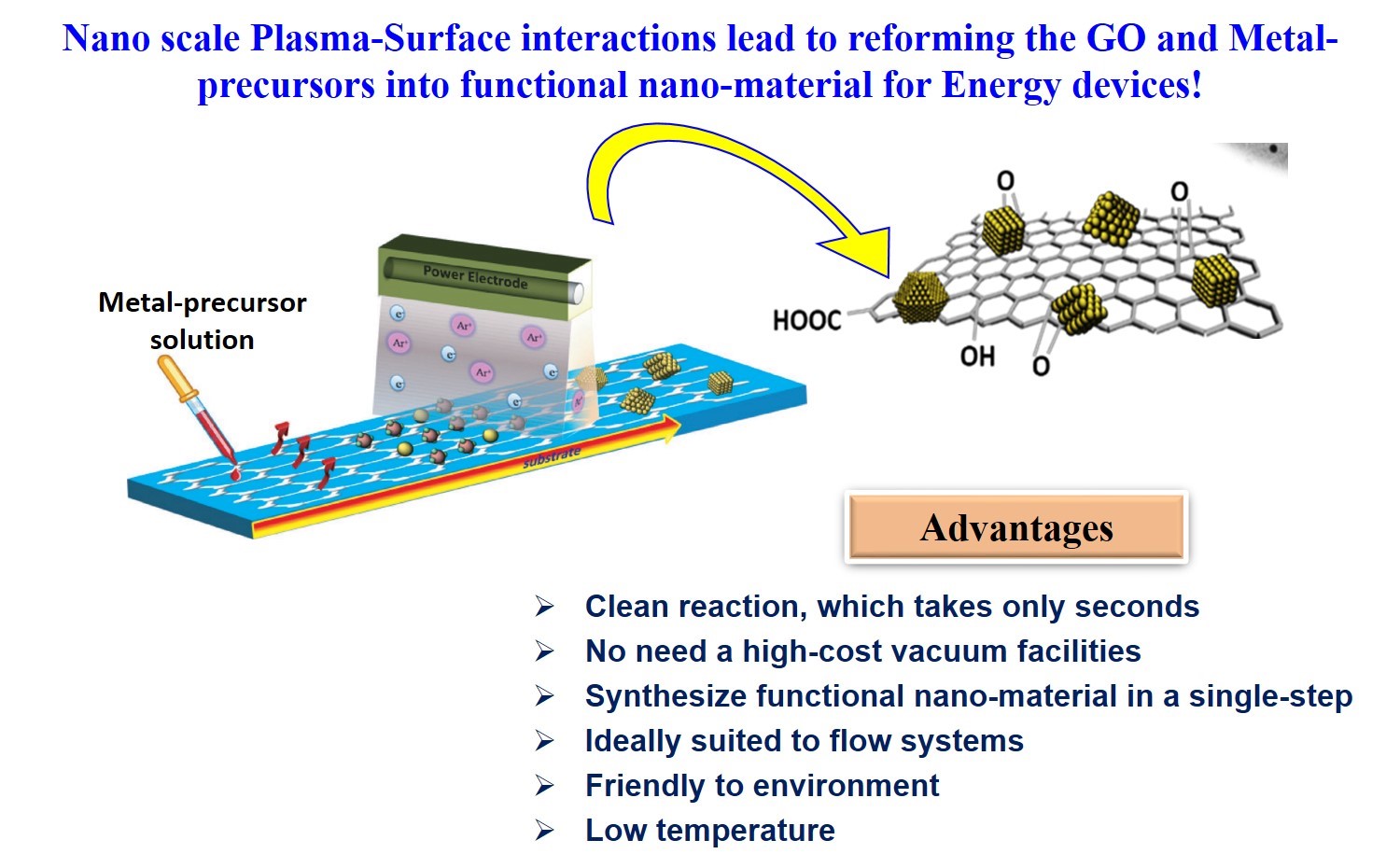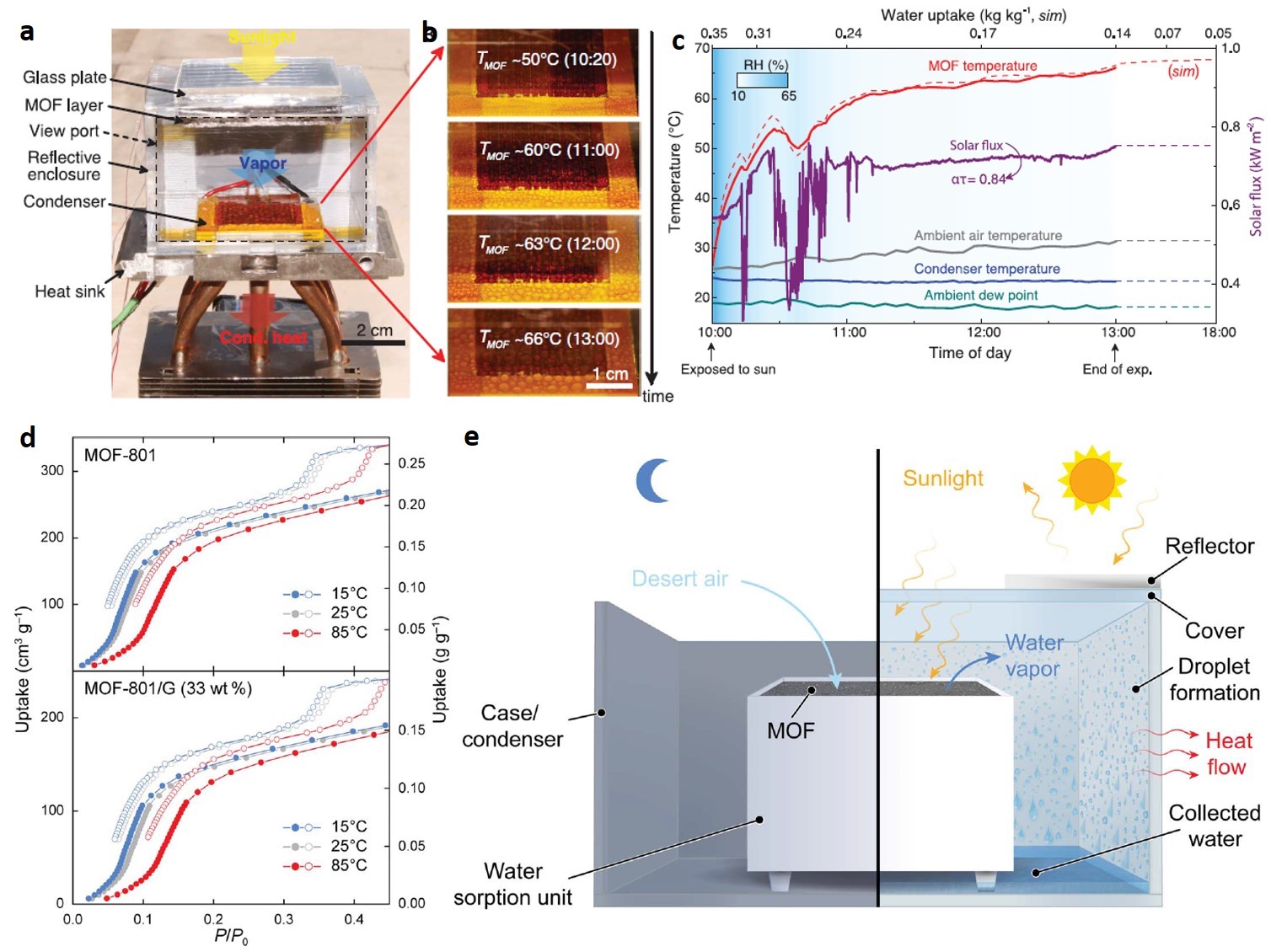
Enthusiastic discussions on solid physic and material science at SPMS2019
- Phenikaa University
- Hanoi University of Science and Technology
- Polish Academy of Sciences
Abstract
At 11th National Conference of Solid Physics and Material Science (SPMS2019), to which eminent scientists (5 plenary speakers and 16 invited speakers) were invited, most of the discussion focused on solid physic and material science. Around 300 researchers interested in the subject attended the conference and actively participate in the discussion. There were more than 200 reports with five specialized subcommittees: (A) Physics and magnetic materials, (B) Semiconductor and dielectric physics, (C) Materials - semiconductor components - dielectric, (D) Biomedical materials - agriculture, energy - environment, (E) Composite materials - metals - ceramics. Besides, numerous reports submitted to the Journal of Science and Technology (Vietnam Academy of Science and Technology), full-text reports sent to the Organizing Committee, after a critical review process, had been summarized and published in the Collection of conference reports.
Introduction
SPMS2019 co-organized by the Vietnam Physical Society, the Vietnam Materials Research Society, the Institute of Physics, the Institute of Materials Science (Vietnam Academy of Science and Technology), Vietnam National University (VNU), Phenikaa University and Quy Nhon University was held on 2 - 4 November, 2019 in Quy Nhon City, Binh Dinh Province. The conference has been attracted 5 pleanary speakers, 16 invited speakers and around 300 researchers (Figure 1,
SPMS-2019 is not only fundamental materials but also presents the application of the developed materials in energy conversion and storage device, photocatalysis, catalysis, health care, etc. To share research about graphene application, Prof. Strek, editor of Journal Alloys and Compounds, who has researched graphene fundamentals and applications for decades 1, 2, gave a presentation on graphene for photonics and lighting as shown in Figure 2. In the presentation, the intensity of the emission surges exponentially with the rise of laser power density, saturating at ca. 1.5 W and being characterized by stable emission conditions. Furthermore, the white light emission is spatially confined to the focal point dimensions of the illuminating laser light. The emission intensity could be controlled owing to the extreme reliance on the white light emission on the electric field intensity. The electric field intensity at ca. 0.5 V/μm was able to decline the white light intensity by approximately 50%. This presentation concluded that the laser-induced white light emission might be well utilized in new types of white light sources. Given that the talk of Prof. Strek presented the fundamental materials which are based on carbon materials, Dr. Van-Duong Dao (Phenikaa University) presents the use of carbon materials in harvesting energy and fresh-water via solar-driven water evaporation system. Recent improvements and difficulties in applying a solar-driven water evaporation system were first presented (Figure 3) 3. The invited speaker also presented the recent development of dual dual-function nanogenerators that are based on a natural structure as Limnobium laevigatum, ferns, cone, etc. The developed nanogenerators made of multi-walled carbon nanotubes-coated cellulose paper in ponds, lakes, rivers, seas, etc. any time of a day could generate electricity and fresh-water efficiently. It utilizes solar energy to produce fresh-water from any polluted or saline water source at a significant production rate and generates high electric power in the hundreds mW·m range using the evaporation-enhanced capillary water stream of the structure under ambient daylight conditions. Because these nanogenerators acquire all required energy from the environment, it will find immediate applications in providing electricity and fresh-water for living and system maintenance in water-abundant isolated locations such as islands or wetlands. The findings of this work represent a significant step forward because they pointed out the concept of harvesting consistently electricity during evaporation the whole day and with any weather conditions4. Note that before presenting the harvesting fresh-water from a solar-driven water evaporation system, the invited speaker presented a new technology for synthesizing nanohybrid materials and their applications on next-generation solar cells, energy storage devices, solar to steam generation, and photocatalysis which is called dry plasma reduction 5. Note that this technology can work under atmospheric pressure, low temperature, short time reduction, and without using any toxic chemical reagents (Figure 4). Several examples for fabricating transparent electrodes based on Pt nanoparticles on FTO glass substrate, Pt/CVD-grown graphene on FTO glass substrate, and Pt-graphene/Ag nanowire on glass have been carefully described6, 7.
The water harvesting issue is continued by a discussion of Prof. Phan Bach Thang (Center for Innovative Materials and Architectures (INOMAR), Vietnam National University, HoChiMinh city (VNUHCM)). As an oral presenter, the device based on a porous metal-organic framework {MOF-801, [ZrO(OH)(fumarate)]} can capture water from the atmosphere at ambient conditions by using low-grade heat from natural sunlight at a flux of less than one sun (1 kilowatt per square meter) 8. This system can harvest 2.8 liters of water per kilogram of MOF per day at relative humidity levels as low as 20% without additional input of energy (Figures 5a-c) 8. A prototype using up to 1.2 kg of MOF-801 was tested in the laboratory and later in the desert of Arizona, USA. It generated 100 g of water per kilogram of MOF-801 per day-and-night cycle with only natural cooling and input energy, namely ambient sunlight 9. Note that by using an aluminum-based MOF-303, the device can deliver more than twice the amount of water. The desert experiment uncovered key parameters of the energy, material, and air requirements for efficient production of water from desert air, even at a subzero dew point. Prof. Thang’s center also synthesized a lot of MOF with the named VNU-number such as VNU-1, VNU-2, etc. and their application in energy, environment, catalysis, health care 10, 11, 12, 13, 14, 15, 16, 17.
Dr. Phong D. Tran (University of Science and Technology of Hanoi, Vietnam) described the current state-of-the-art of the solar water splitting research. The current progress in the development of noble-metal free catalysts 18, 19, 20, 21, 22, nanostructured light harvesters 23, 24, as well as the catalyst/light harvester assemblage for artificial leaf construction 24, was also presented. Dr. Tran’s group found that the operation of a bias-free leaf displaying 2% solar-to-H conversion yield in pH 7 phosphate buffer solution and under 1 Sun illumination. Prof. Sunglae Cho (University of Ulsan, Korea) discussed the preparation of high-quality single crystal and a thin film of 2-dimensional materials (2D) including SnSe, SnSe, InSe, InSe, and (BSb)(SeTe), etc.
The oral presentations continued from Sunday to Monday afternoon. The coffee breaks and poster sections were filled with cozy discussions and networking. SPMS2019 was a fantastic meeting thanks to the participants from all over the world and the host who organized and prepared carefully for the conference. Especially, thanks are owed to the chairs of each conference day: Prof. Nguyen Duc Chien, Prof. Nguyen Dai Hung, Prof. Do Ngoc My, Prof. Le Quoc Minh, Prof. Nguyen Hoang Luong, and chair sections.
The conference hopes that all participants had fruitful experience and were motivated by many impressive ideas from SPMS2019. SPMS2021 will be held after the next two years. Based on the experience of the long history, the organization intends to organize a more valuable conference that has an additional section for abroad researchers. We hope that SPMS2021 will be a remarkable chance for many scientists who are interested in solid physic and materials science and their application. It would be a pleasure to meet again at SPMS2021.

Photograph ofinvited speakers and participants at the Vietnam National Conference of Solid Physics and Materials Science 2019 (SPMS 2019).

Prof. Strek giving talks to the conference; The visible and near-infrared emission of graphene foam excited by 975 nm laser diode at high excitation density 7000 W/cm2

Schematic illumination of the development of solar-driven interfacial steam generation system

Dry plasma reduction technology.

Proof-of-concept water-harvesting prototype
Plenary talks for SPMS2019
| Plenary talks | Title |
| Wiesław Stręk (Polish Academy of Sciences, Poland) | Graphene for photonics and lighting |
| Phong D. Tran (University of Science and Technology of Hanoi, Vietnam) | Toward construction of a viable artificial leaf for solar H2 generation |
| Sunglae Cho (University of Ulsan, Korea) | High quality 2D layered materials: Growth of single crystal and epitaxial thin film |
| Phan Bach Thang (Vietnam National Science in Ho Chi Minh City, Vietnam) | Porous materials and their applications in energy-environment-catalysis-health care |
| Van-Duong Dao (Phenikaa University, Vietnam) | All-weather harvesting energy and fresh-water via solar-driven water evaporation |
Invited talks for SPMS2019
| Invited speaker | Title |
|---|---|
| Phuoc Huu Le(Ton Duc Thang University, Vietnam) | Magnetotransport properties of bismuth chalcogenide topological insulators: a review |
| Nguyen Minh Vuong(Quy Nhơn University, Vietnam) | Pt/ZnO hierarchical nanostructures as efficient sensing materials for methanol sensors. |
| Nguyen Duc Anh(University of Science and Technology of Hanoi, Vietnam) | The durability enhancement of amorphous molybdenum sulfide toward proton reduction reaction in the presence of poly(3,4- ethylene dioxythiophene). |
| Nguyen Tuan Son(University of Transport and Communications, Vietnam) | Fabrication of micro supercapacitor electrodes on the flexible substrate by direct laser writing technique. |
| Phan Thanh Hai(Quy Nhơn University, Vietnam) | Covalent modification of graphene and graphite using diazonium chemistry |
| Le Thi Ly(University of Science and Technology of Hanoi, Vietnam) | Simple synthesis nanotube Cu2MoS4 for both hydrogen evolution reaction and magnesium-ion batteries |
| Vu Ngoc Hung(ITIMS, Hanoi University of Science and Technology, Vietnam) | Relaxor ferroelectric PLZT thin films fabricated by sol-gel technique for pulsed-power energy storage applications. |
| Pham Van Viet(University of Science, VNU-HCM) | Activation Peroxymonosulfate by visible-light over Ag/ZnO heterojunction(Hoạt hoá Peroxymonosulfate bởi ánh sáng khả kiến sử dụng vật liệu nano cấu trúc dị thể Ag/ZnO) |
| Tran Nhu Hoa(University of Science, VNU-HCM) | A high sensitivity optical fiber sensor for determination of heavy metals (Cu, Pb, Cd, Mn…) in water pollutants(Cảm biến quang học có độ nhạy cao xác định hàm lượng kim loại nặng (Cu, Pb, Cd, Mn…) trong nước uống, nước ô nhiễm.) |
| Nguyen Thi Ngoc Anh(Vietnam Academy of Science and Technology, Vietnam) | Study the magnetic anisotropy and the dependence of the translation field perpendicular to the multilayer thin film(Nghiên cứu tính dị hướng từ và sự phụ thuộc của trường trao đổi dịch theo phương vuông góc của màng mỏng đa lớp) |
| Do Thi Kim Anh(Vietnam National University, Vietnam) | Effect of residual La on crystal structure and magnetic properties in LaxFe11.05Si1.95 (Ảnh hưởng của sự dư La lên cấu trúc tinh thể và tính chất từ trong hợp chất LaxFe11.05Si1.95) |
| Nguyen Viet Long(Saigon University, Vietnam) | Synthesis, structure, and properties of gold nanoparticle materials by improved Polyol method(Tổng hợp, cấu trúc, và tính chất hệ vật liệu hạt nano vàng bằng phương pháp Polyol cải tiến) |
| Dang Ngoc Toan(Duy Tan University, Vietnam) | Establishing the mechanism of formation of the magnetic order state in Ca3Co2O6 material.(Thiết lập cơ chế hình thành của trạng thái trật tự từ trong vật liệu Ca3CO2O6) |
| Nguyen Xuan Sang(Saigon University, Vietnam) | Optical and photocatalyst properties of TiO2 and graphene nanotube combination with heat treatment.(Tính chất quang và quang xúc tác của tổ hợp ống nano TiO2 và graphene có xử lý nhiệt) |
| Tran Dang Thanh(Vietnam Academy of Science and Technology, Vietnam) | Structure and magnetic properties of crystalline nanomaterials Pr0.5Sr0.5MnO3(Cấu trúc và tính chất từ của vật liệu nano tinh thể Pr0.5Sr0.5MnO3) |
| Nguyen Thanh Binh(Vietnam Academy of Science and Technology, Vietnam) | Using fluorescence resonance energy transmission method to detect Aflatoxin(Sử dụng phương pháp truyền năng lượng cộng hưởng huỳnh quang phát hiện Aflatoxin) |
Competing Interests
The author(s) declare that they have no competing interests.
Acknowledgment
This research is funded by Vietnam National Foundation for Science and Technology Development (NAFOSTED) under grant number 103.02-2018.27.

